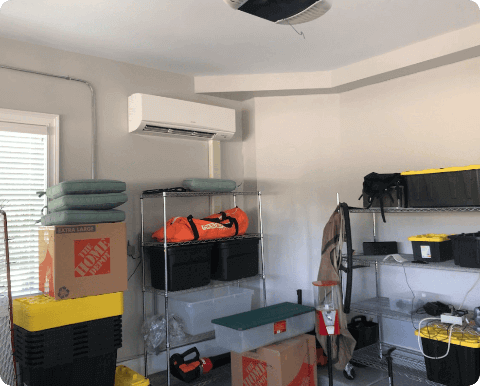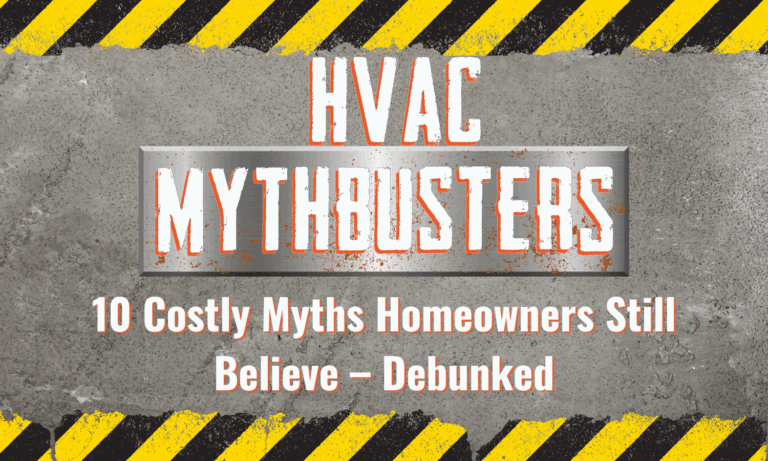Understanding Aspergillus and Penicillium Molds: What are The Health Effects and Risks? What is this Mold?
Molds are a natural part of our environment, playing a crucial role in decomposition and nutrient cycling. However, some species, particularly Aspergillus and Penicillium, can pose significant health risks to humans. This article explores these molds, their potential health effects, and preventative measures.
What are Aspergillus and Penicillium Molds?
Aspergillus is a genus of mold that includes various species, some of which are beneficial in food production (like A. oryzae in soy sauce) while others are harmful. **Penicillium**, another mold genus, is famous for its use in antibiotics (like Penicillin) and cheese production but can also lead to health issues.
Both molds thrive in damp environments and can be found in buildings, on decaying organic matter, and in food products.
Health Effects of Aspergillus and Penicillium
- Allergic Reactions:
– Many individuals may experience allergic reactions to mold spores, leading to symptoms such as sneezing, nasal congestion, itchy eyes, and skin rashes. Those with pre-existing respiratory conditions, like asthma, may find their symptoms exacerbated.
- Respiratory Issues:
– Inhalation of mold spores can cause respiratory problems, including coughing, wheezing, and shortness of breath. Prolonged exposure may lead to chronic lung conditions.
- Invasive Infections:
– Certain species of Aspergillus (e.g., A. fumigatus) can cause serious infections in immunocompromised individuals. These infections can be severe and often require hospitalization, leading to conditions such as aspergillosis.
- Toxin Production:
– Some molds produce mycotoxins, toxic compounds that can cause a range of health issues. For example, A. flavus produces aflatoxin, a potent carcinogen linked to liver cancer. Chronic exposure to mycotoxins can lead to immunosuppression and other long-term health problems.
- Food Contamination:
– Both Aspergillus and Penicillium can contaminate food products, leading to spoilage and potential health risks. Eating moldy food can result in food poisoning, gastrointestinal issues, and allergic reactions.
Vulnerable Populations
Certain groups are at higher risk for health issues related to mold exposure:
-Immunocompromised Individuals: Those undergoing chemotherapy, organ transplant recipients, or individuals with HIV/AIDS are more susceptible to severe infections.
– Asthma and Allergies: People with pre-existing respiratory conditions are more likely to experience exacerbated symptoms.
– Children and the Elderly: These groups often have weaker immune systems and may react more severely to mold exposure.
Preventative Measures
To mitigate the risks associated with Aspergillus and Penicillium molds, consider the following steps:
- Moisture Control: Keep indoor humidity levels below 50% to prevent mold growth. Use dehumidifiers in damp areas.
- Proper Ventilation: Ensure good airflow in areas like kitchens, bathrooms, and basements. Use exhaust fans to reduce moisture.
- Regular Cleaning: Clean and dry any water-damaged areas promptly. Regularly inspect and clean HVAC systems, as they can harbor mold spores.
- Food Safety: Check food products for mold and discard any contaminated items. Store food properly to minimize spoilage.
- Professional Assessment: If mold is suspected in your home or workplace, consider hiring a professional to assess and remediate the situation.
Conclusion
While Aspergillus and Penicillium molds play essential roles in our ecosystem and industry, their health effects can be significant, particularly for vulnerable populations. Awareness and preventative measures are key to minimizing risks associated with these molds. By maintaining a clean, dry environment and being vigilant about potential mold growth, individuals can protect their health and well-being.





